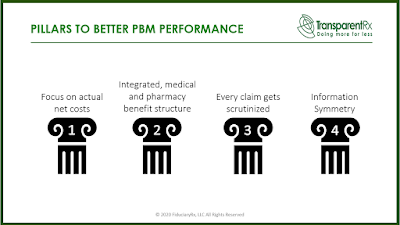Organizations, such as the New York Department of Health, often downplay intelligence, believe their competitors to possess access to the identical information. Well, everyone also has access to a large array of fruits and vegetables, yet many don’t eat them or eat only a few. New Yorkers wastefully spent more than $706 million in Medicaid payments over three years. The state Department of Health uncovered the overcharges for pharmacy services, according to audits released by the state comptroller.
State Comptroller, Thomas DiNapoli, released five audits with several recommendations to improve the program. The comptroller criticized state health officials for failing to establish sufficient oversight and control with managed care payments, which led to the unnecessary payments. The department has worked to ensure efficient and cost-effective pharmacy services for New Yorkers dependent on Medicaid with the FFS model.
Many employers, unions, and government agencies pay large consultancies and brokerage firms to help them avoid overpaying for pharmacy services. So then how does this keep happening? There are a number of reasons including misaligned incentives, inefficient procurement and indifference just to name a few. But, the primary reason is without question a wholesale
lack of education around pharmacy benefits management in general. It is education which leads employers to leveraging the four pillars to better PBM performance.
Auditors found DOH missed opportunities to lower costs on pharmacy services delivered through Medicaid managed care because officials did not ensure the use of the lowest net cost drugs, according to the comptroller. Auditors estimate $605 million was spent in unnecessary drug costs from Jan. 1, 2016, through Dec. 31, 2019. Folks access doesn’t translate into action. Buzzwords and repurposed RFPs with 200 hundred questions are not working.
A senior leader from one of the world’s largest
pharmaceutical manufacturers emailed this to me…
“We have had numerous debates internally about how purchasers are asking for transparency vs. just the lowest price. Contract nomenclature often obscures the real price. We get asked often about direct contracting between manufacturer and employer. Lots of barriers but conceptually something that needs to be considered and they are not asking for a lower net price vs. the PBM…just better optics!”
Education is key to use of lowest net cost drugs in pharmacy benefit plans. Only the most sophisticated purchasers of PBM services will have the knowledge and confidence to bind lowest net costs for prescription drugs into contract language and benefit design. Hence, your competitive advantage includes executing good analysis of the correct information then deciding what all of this suggests for your organization. Those who seize the chance and develop a good plan that may reasonably be accomplished have a higher probability of getting to lowest net cost.

